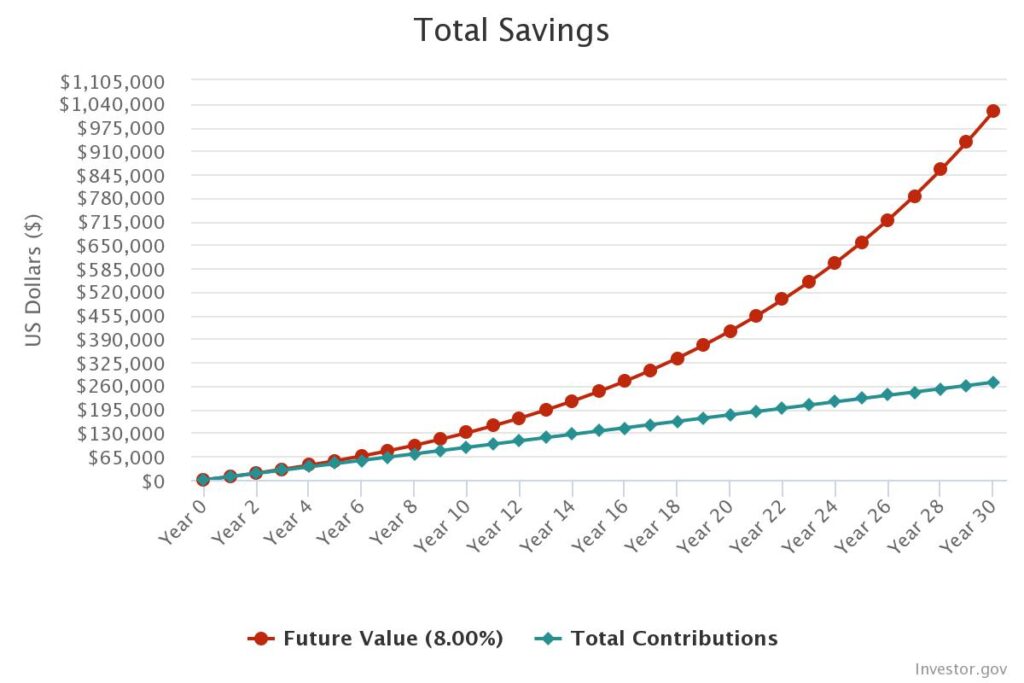
Getting Started with Personal Finance

Personal Finance Guide
This is section 1 of the goerFI Personal Finance Guide.
MAIN POINTS
1. Become financially literate.
Part of stewarding our financial resources well is understanding the factors that affect our money and its value. Start with this guide and its included recommended resources to take charge of your personal finances. Most people aren’t specifically taught these topics so self-motivated focused learning is necessary. Your future self is depending on it.
2. Learn to budget.
If you record your expenses, you will spend less. Period. Not only that, but you will likely be more satisfied with how you spent your money. Budgeting is for everybody, and it’s the first step to be able to do anything in the rest of this guide.
- Toshl is great for recording cash expenses. toshl.com
- Mint is useful for tracking budgets and credit card expenses all together. mint.com
- Check out YNAB (you need a budget)
3. Get out and stay out of debt.
A very first step to saving well for the future is paying off any debts you have (student loans, credit cards, personal loans, etc.) Strategies for paying off debt and saving for retirement are very similar, and the discipline required is the same. If you are in debt, there is hope! There are great resources at daveramsey.com/debt.
Student loan debt is a huge limiting factor for many goers. For goers with student loan debt, check out The Go Fund for debt forgiveness.

4. Have a plan for saving, giving and spending.
This relates to point #2. Budgeting seems to focus on your ‘spending plan’, but you should make a ‘saving plan’ and a ‘giving plan’ as well. Making a ‘giving plan’ allows you to plan proactively for generosity and think of ways to make more space in your budget for even more giving. Making a ‘saving plan’ helps you clarify your approach, why you do it, and what your goals will be. Your saving, giving and spending plan may be wildly different from others, but whatever you do…make actual written plans!
5. Know how your beliefs and values speak into your money.
If you’re saving in a retirement account, know why you’re doing that and what it reflects about your beliefs and values. This guide will not seek to convince you towards a certain viewpoint. Rather, you are encouraged to seek to learn from Scripture and your trusted sources on how you should view your money.
Millennials push against the entrenched American ideal of retirement, but understand it much better as Financial Independence (FI), a state in life where your investments can support you, and you are free to work or not work. For those of us saving for retirement FI, we don’t envision a “sitting in our front porch rocking chair, counting our shell collection” kind of FI. We envision spending all of our days for God’s glory among the nations, and at a certain age when you hit FI, that lifestyle of ministry will become largely self-supported.
“We envision spending all of our days for God’s glory among the nations, and at a certain age when you hit FI, that lifestyle of ministry will become largely self-supported.”
We are recognizing that God is providing for our needs as we do the work of ministry. As we progress later in life, 2 main things will happen that will significantly affect our lifestyle. 1) Our supporters will begin to pass away and our overall support levels will generally go down unless we add new supporters who are younger. 2) Our ability to work will decrease, and we will reach an age where we are no longer able to meaningfully contribute in a work environment. For both of those situations, we want to consider the present circumstances and recognize that God is providing abundantly for us now, and we want to steward that well by spending what we need, giving generously to those in need, and saving the rest for that later stage in life.
Later in life, not only do you want to be able to continue to provide for yourself and your family financially, but you also will want the freedom to continue to be generous to those in need and to support causes that you believe in. In order to do that, you will need to save regularly and put your money in a place where it will grow.
6. Your ‘ministry account’ is not your personal bank account.
If your employer has a ‘ministry account’ with your name on it, the money in there is not your property, but your employer’s. You should maintain a reasonable buffer in that ‘ministry account’ at all times, but if your account has more than the buffer you need, consider requesting a raise and bring the ministry account back down to reasonable levels. Excess money accumulating in your ministry account is not good for you and is losing value over time. Once you receive the money, either through paychecks, reimbursements, or into your retirement account of choice, you then have the opportunity to steward the money according to your values and plans.
7. Know how inflation affects your money.
Inflation is a friend of the economy, and can be your friend, but not when the majority of your money is in checking accounts, savings accounts, and your ministry account. Inflation is defined as the decline of purchasing power of a currency over time and the inflation of the US dollar is about 2% annually. The money that sits in your ministry account is today worth about 2% less than it was a year ago, and the same is true of your savings and checking accounts.
While it is important to have an emergency fund available in your savings account, you don’t want to have more than that amount sitting in a savings account, because it will slowly lose value over time.
8. Know how interest affects your money.

Check out a compounding interest calculator like this one: investor.gov and try these parameters:
- $0 initial investment,
- $750 monthly contribution
- for 30 years
- 8% interest rate
- compounded annually
8% interest is the total stock market average annual return over the past 100 years (adjusted for inflation). See what 8% annually earns you over your investing lifetime!
Hint: you’re a millionaire.

A single $200/month donor = 1 more year of FI in 20 years
Here’s another thought experiment:
If you recruited a $200/month donor to support your work, and you put that money entirely towards your retirement (minus an average 10% admin fee; $180 into your Roth 403b monthly), then in 20 years, you’d have about $106,000. The donor will have given $43,000+ over that time period, and the stock market growth would account for the other $63,000+. In 20 years, that $106,000 total would be the equivalent of $65,000 in today’s money (assuming 2.5% inflation annually). $65,000 is a reasonable average annual life expenditure for a young retiree. That means one consistent $200/month donor will help provide a whole year of your financial independence (FI) 20 years from now.
If that donor stays with you for 30 years before you use those funds, you have 2 years of FI covered.
If that donor stays with you for 40 years before you use those funds, you have 3.6 years of FI covered.
Note: We used smartasset.com’s investment calculator and inflation calculator to get these numbers.
9. You CAN choose how much tax you pay, and when.
Two people who make the same amount of money might not pay the same in tax, because one is informed and knows the methods to limit their tax liability and can choose when they are liable for that tax. By being informed, you can take steps to pay less tax and keep more money. Don’t assume that you can’t do anything about it; this guide will help you be informed and take real action.
AN APPROACH TO CONSIDER
Consider this approach, which would be suitable for the majority of non-profit expats. This approach doesn’t factor in getting out of debt, as that is beyond the scope of this guide. This approach also assumes you are familiar with the rest of this guide.
1. Set your budget, starting with these baselines:
- Give: Plan to give at least 10% of your take-home pay to a local church and additional giving to other causes you believe in.
- Save: Plan to save at least 15% of your take-home pay. If you can ever save more, always do it. You’ll learn in sections 2 and 3 where to put that savings and how to make it “go to work” for you.
- Spend: Plan to spend only what you need, according to your budget/spending plan. When there’s money left over at the end of a month/quarter/year, choose to give or save it, not spend it.
Adjust the levels of these 3 categories based on your needs, values, and financial goals. Reassess annually and make new plans.
2. Keep a buffer in your ministry account of 2-4x your gross monthly salary. Don’t include your retirement savings in this calculation. If your ministry account is too high, consider asking for a raise.
3. Automate whatever you can. Consider automating your monthly credit card payments, charitable giving, and money set aside for savings. It is statistically proven that when you can ‘set it and forget it’, you greatly increase your chances for success.
LEARN MORE
Don’t just take our word for it! Check out these other resources.
This post last updated April 2022
